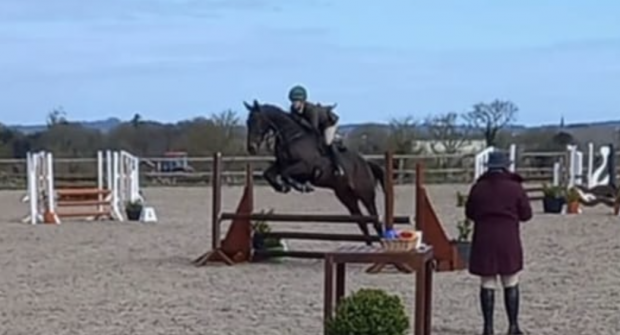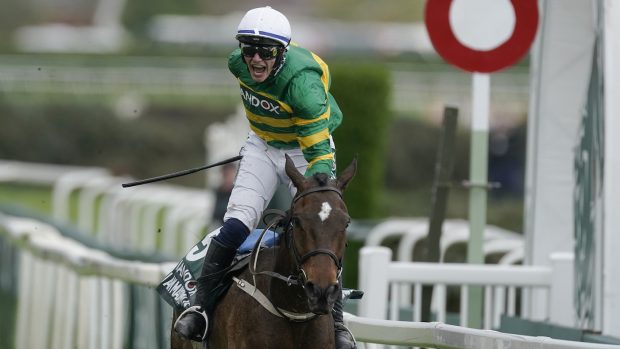Expert advice on producing young horses for point-to-pointing
“When my horses first go racing, I like them to run a race, not pull up after two miles,” says point-to-point trainer Caroline Bailey, believing it is better to wait a year than run an immature five-year-old.
“Galloping and jumping for three miles is a lot to ask a big, backward five-year-old, especially as many national hunt types aren’t foaled until May or June.”
Caroline’s youngsters don’t wear a racing saddle until the November before their first point-to-point season.
“We educate them as though they were going to do any job – to have good manners, stop, start and stand about. If they have done the basics, they always have a future, even if its not pointing”
A schoolmaster accompanies the four-year-olds when they go autumn hunting. “We take them two or three times quickly to let them absorb the whole thing, then give them a break of a weekor so, then go again. If you only go once a week, they often boil over the second time.”
Novices are paired with an older horse for their first piece of work on the gallops, too. But before that, jumping begins with poles and small show jumps in the school before progressing to logs and rails around the farm.
“Then we do a line of tyres, which gradually get bigger. They are big and black, and the horses don¡t hurt themselves if they hit one. Once they are going really well over those, they do the schooling fences – three plain ones and an open ditch.
“It’s not fair to take a horse racing unless he has jumped proper fences,” she says. “The orange guard rails alone can be very off-putting.”
Caroline carefully matches fitness with work. “We don’t have young horses too corned-up for hunting. They need to be hard rather than racing fit. That comes later.”
Caroline Bailey’s training timetable
Three-year-olds: come in at the end of June to be broken then ridden around the farm before being turned out for a rest.
Four-year-olds: basics are repeated, then they are hacked out with an older horse to get used to traffic and see the world. Cantering and small fences are done in the school. All go autumn hunting. If they are mature enough to run as five-year-olds, hunting follows, otherwise, they are turned away.
Four-to-five-year-olds: those due to race the following season begin galloping and jumping schooling fences in pairs. All go hunting.
Most common mistake: failing to educate horses, and turning up at the races hoping for the best. “There may be 16 or 18 runners in a maiden and a great deal of damage can be done if a horse does not jump straight,” says Caroline.




